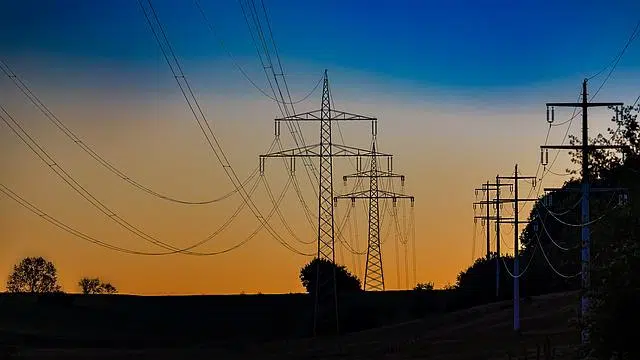
Conduction of electricity involves the passage of electrical charge through a wire.
Driving is the action and effect of driving (carrying, transporting, guiding, directing). The term comes from the Latin word conductio and has various applications and uses.
Conduction of electricity is the transmission of electrical charge through a wire or other body. The concept is similarly used to refer to heat conduction.
Vehicle driving
Driving a vehicle , on the other hand, refers to the action of making it operate in a controlled manner . Every driver is obliged to obey different rules depending on the vehicle (which may or may not have an engine), the place and the time in which they use it. For example: "Safe driving of a car involves paying attention to various issues" , "A man was arrested for his reckless driving in the heart of the city" .
Most countries require drivers of motor vehicles to have a license . To access this license, it is necessary to have a minimum age that is usually set by law and, sometimes, you also have to pass a driving test (which demonstrates that the person has the necessary knowledge to drive a vehicle without putting it at risk. his life and that of third parties).
Driving regulations vary depending on the vehicle: while driving a bicycle requires only respecting traffic rules, the authorities require the use of a helmet to drive a motorcycle and a seat belt in the case of a car. Regardless of the vehicle you wish to use, it is essential to maintain sobriety before driving, since alcohol affects reflexes.

Driving a car requires certain technical knowledge and a lot of responsibility.
Essential safety rules
Currently, the number of traffic accidents is growing worryingly in many countries, both on the streets and on the highways, and the reasons are diverse. There are certain situations that are repeated in most accidents, and this has led several specialists to make a list of the basic rules for driving safely:
* respect traffic lights and pay attention to traffic signs . It is worth mentioning that the risk of overlooking this point is greater at night, given that you drive faster and with less visibility than during the day;
* do not park on arterial roads, as this threatens the flow of traffic, creates traffic jams and forces other drivers to change lanes, which increases the chances of rear-end and side collisions;
* do not block intersections, to avoid creating congestion, with the consequent loss of time that this causes for other people and the minor accidents that they usually cause, with moderate consequences for health but high consequences for the economy;
* use turn signal lights, a fundamental tool to be visible at all times to drivers behind us, and allow them to react appropriately to our movements. On busy roads, ignoring this rule often causes rear impacts from two or more vehicles;
* preserve the car in good mechanical condition and be in good health when driving it. This is a fundamental point to minimize the risks of accidents. Some prevention campaigns compare broken down vehicles and sick people behind the wheel with loaded weapons , emphasizing that failure to follow these instructions turns us into murderers;
* pick up passengers only in the relevant spaces. This is a point that pedestrians must also comply with, refusing to board a car that has not stopped at an authorized stop;
* never exceed the maximum speed allowed. This is, perhaps, the basic rule, but one of the most ignored.
